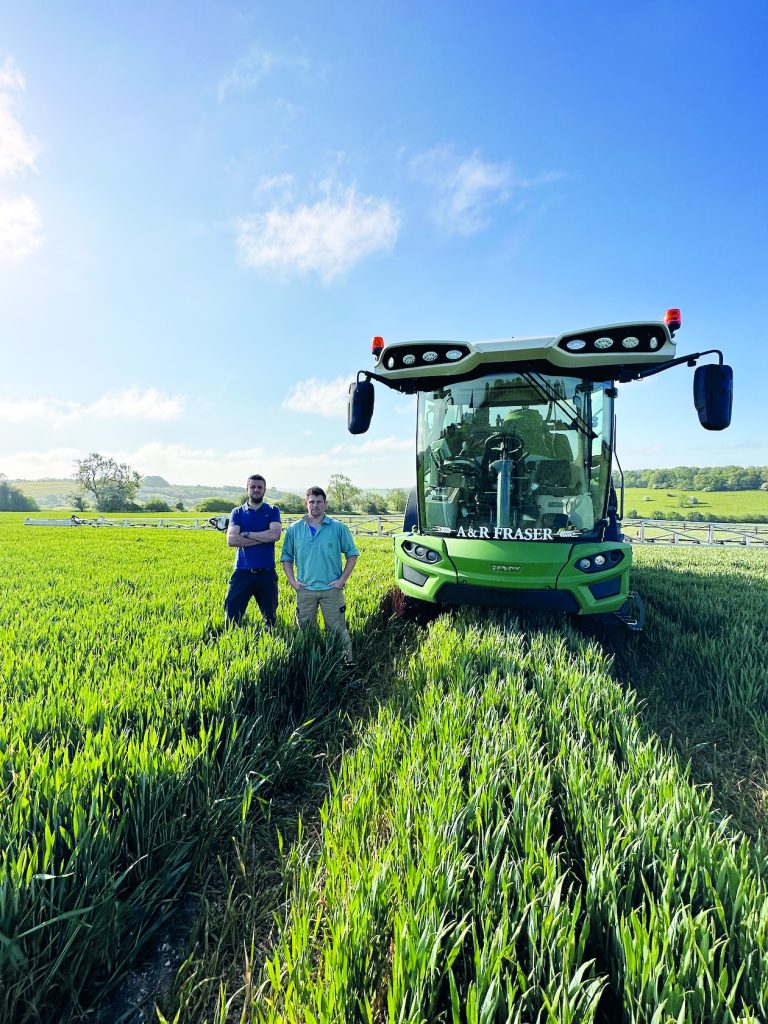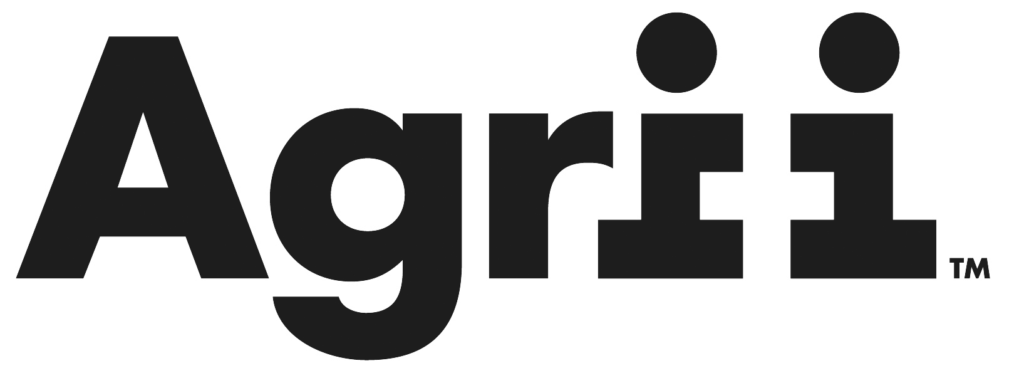
George Fraser of A&R Fraser has worked hand in hand with Todd to adopt a direct drill system, transforming their farming operation. Their journey began when George’s home farm was sown using a Weaving GD direct drill, and cover crops were integrated into the rotation.
A&R Fraser contract farms 3,000 acres across Wiltshire and Dorset. As well as contract farming, George’s brother Jonny runs a successful digestate contracting service for local farmers, and they have a herd of beef cattle. A rotation of winter wheat, spring barley, spring beans, and oilseed rape belies an astonishing performance highlighting what can be achieved through ICM and regenerative practices.
“We first started on our farm to test the system,” says George. “We then started suggesting the new approach to our customers because we could see the results. Our landowners were quick to get on board. Now, it has gone from us suggesting it to it being demanded. People say there is a big yield drop-off when you switch, but we have never seen this.”
“The main change we have made is to move away from cultivation to a focus on soil health to manage compaction and improve soil structure. We always start by measuring the soil when we bring new land into the system,” adds Todd.
The move from min-till and ploughing to direct drilling has drastically cut George’s fixed costs. He has calculated that they are 40% lower. George retains a low disturbance subsoiler for primary cultivation when needed, unlike some regenerative farmers who strictly adhere to a no-till system. He believes this can be necessary for up to five years on heavy soils to manage soil compaction.
It is not just fixed costs that have been reduced. The focus on soil health also means they are getting more yield from fewer inputs. Using slurry and digestate, combined with moving to liquid fertiliser and using inhibitors, has halved inorganic nitrogen use.


